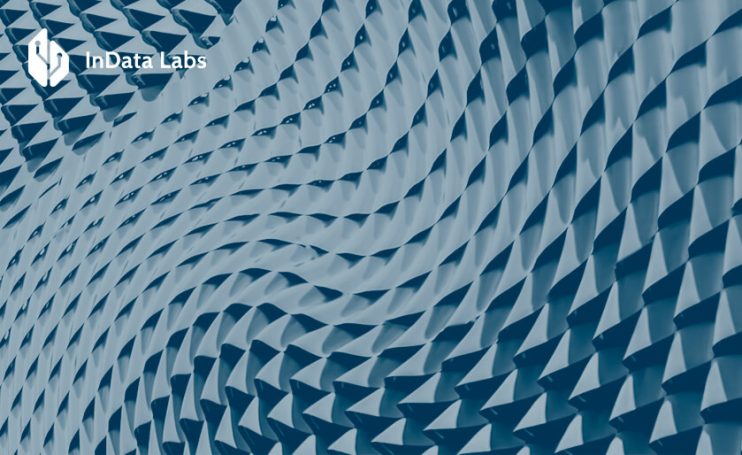The technology of deep learning accounts for a raft of trailblazing solutions in 2023. Image detection, natural language processing, and voice recognition are all offsprings of this concept. But what is deep learning AI? You’re about to find out.
In this post, we’ll have a look under the hood of deep learning in artificial intelligence, including main algorithms and use cases.
What is the current state of deep learning?
According to Grand View Research, an all-time growth of deep learning in 2023 is just a takeoff for the technology. The global market size stood at $34.8 billion in 2021. By 2030, it is expected to skyrocket, exceeding the GAGR of 34.3%.
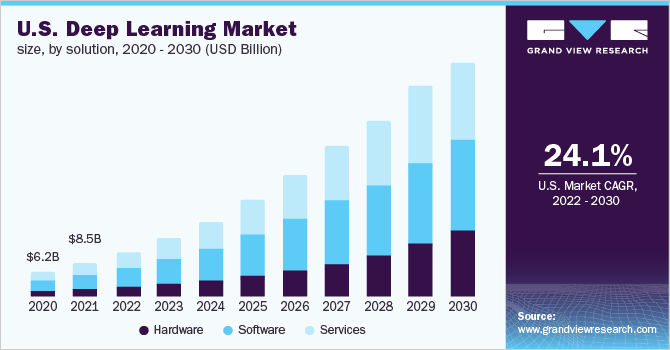
This swell in demand is a direct result of data advancements, high computing power, and the cloud boom. Since deep learning is usually used interchangeably with machine learning techniques, there is no clear ratio of industries that benefit from this specific technology. Below, we’ve listed AI-first verticals that demonstrate an innovation growth trajectory in 2022.
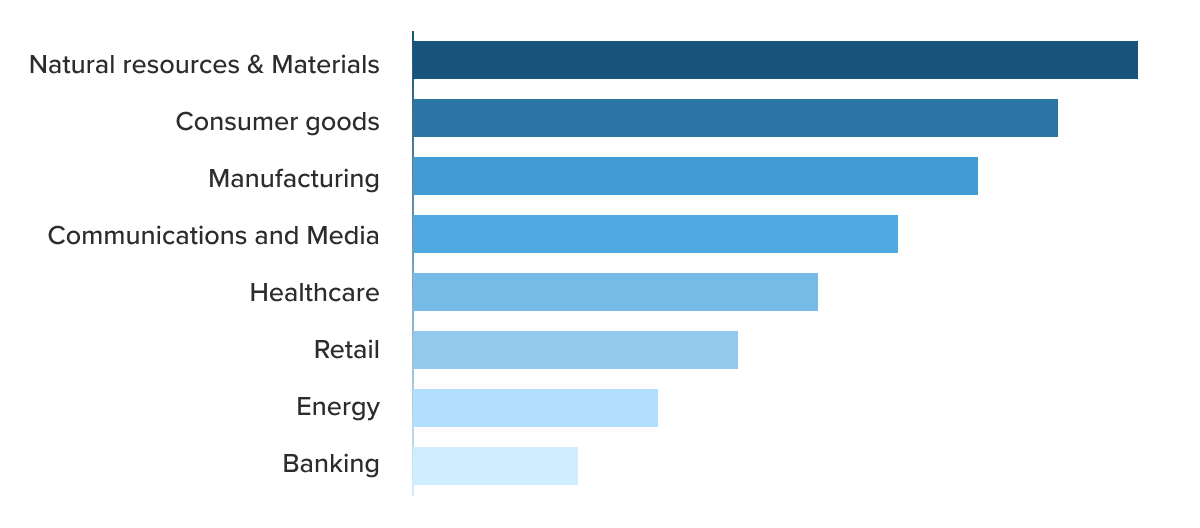
As you see, the phenomenon of deep learning in artificial intelligence is widely present across core industries, further driving the demand for technologies.
The fundamentals of deep learning algorithms
Deep learning is a subset of machine learning that relies on intelligent structures inspired by the function of the human brain. Also known as artificial neural networks, they help the algorithms to learn from data in an iterative manner. This property makes them effective for analyzing unstructured data.
Neural networks are usually made of three or more layers. While a network with a single layer still has predictive power, additional layers help to optimize and boost the accuracy of prediction.

Source: Unsplash
The difference between AI, machine learning, and deep learning
While AI and Machine learning for business are gaining traction, the majority of business owners still don’t differentiate between the branches. Artificial intelligence is a blanket term that denotes the variety of all computer-powered methods. The latter allows machines to perform tasks that usually require manual input.
If we compare AI with machine learning solutions, the former is responsible for the overall decision-making. Machine learning, on the contrary, is a more specific technology that targets particular tasks. ML algorithms learn from data and generate predictions.
Machine learning can be divided into four subsets. These include supervised, unsupervised, semi-supervised, self-supervised, and reinforcement types. Finally, deep learning is a subset of machine learning that can fall into one of the four machine learning algorithm types.
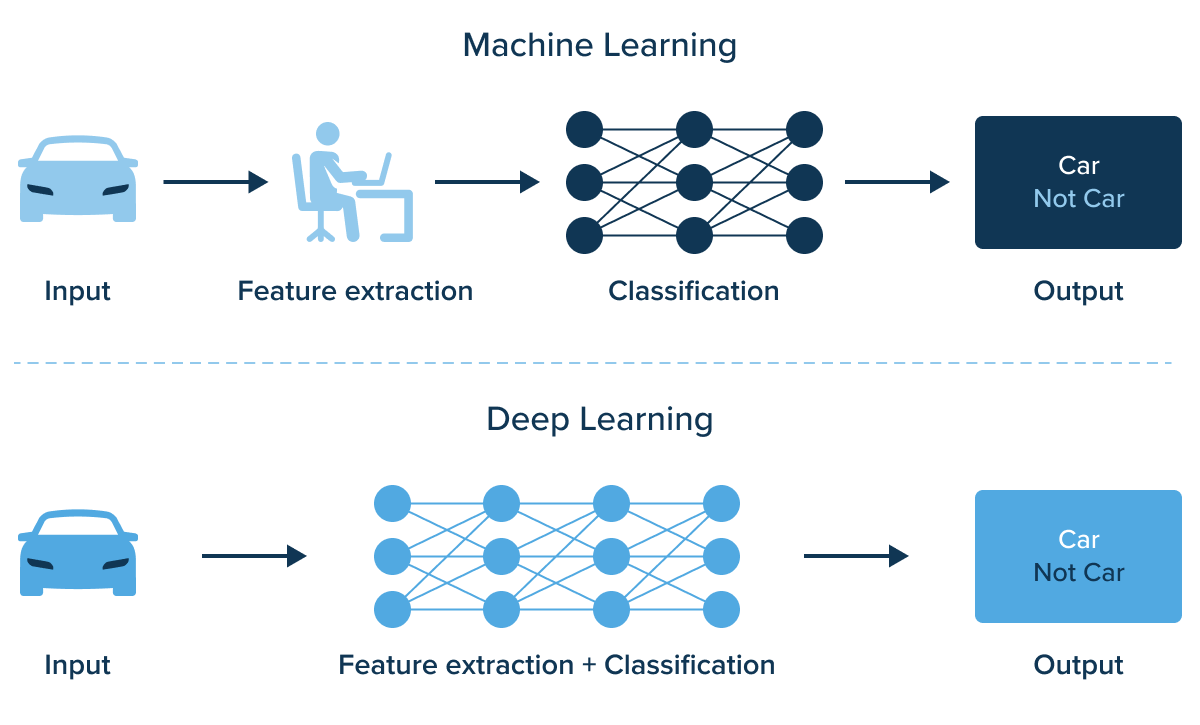
So what is the difference between machine learning and deep learning? Well, ML algorithms almost always require structured data to produce an accurate result. Artificial networks, on the contrary, rely on layers that do not require either manual input or structured data. However, the accuracy rate of ANNs depends on the data quality.
How does deep learning work?
If we look inside the networks, we’ll see an interconnected system of neurons, just like our brain has. The typical neural network consists of three layers:
- Input layer – brings the initial data into the system and is stored in a tensor in deep learning;
- Hidden layer – applies mathematical calculations to the input data; neural networks include more than one hidden layer;
- Output layer – provides the desired predictions.
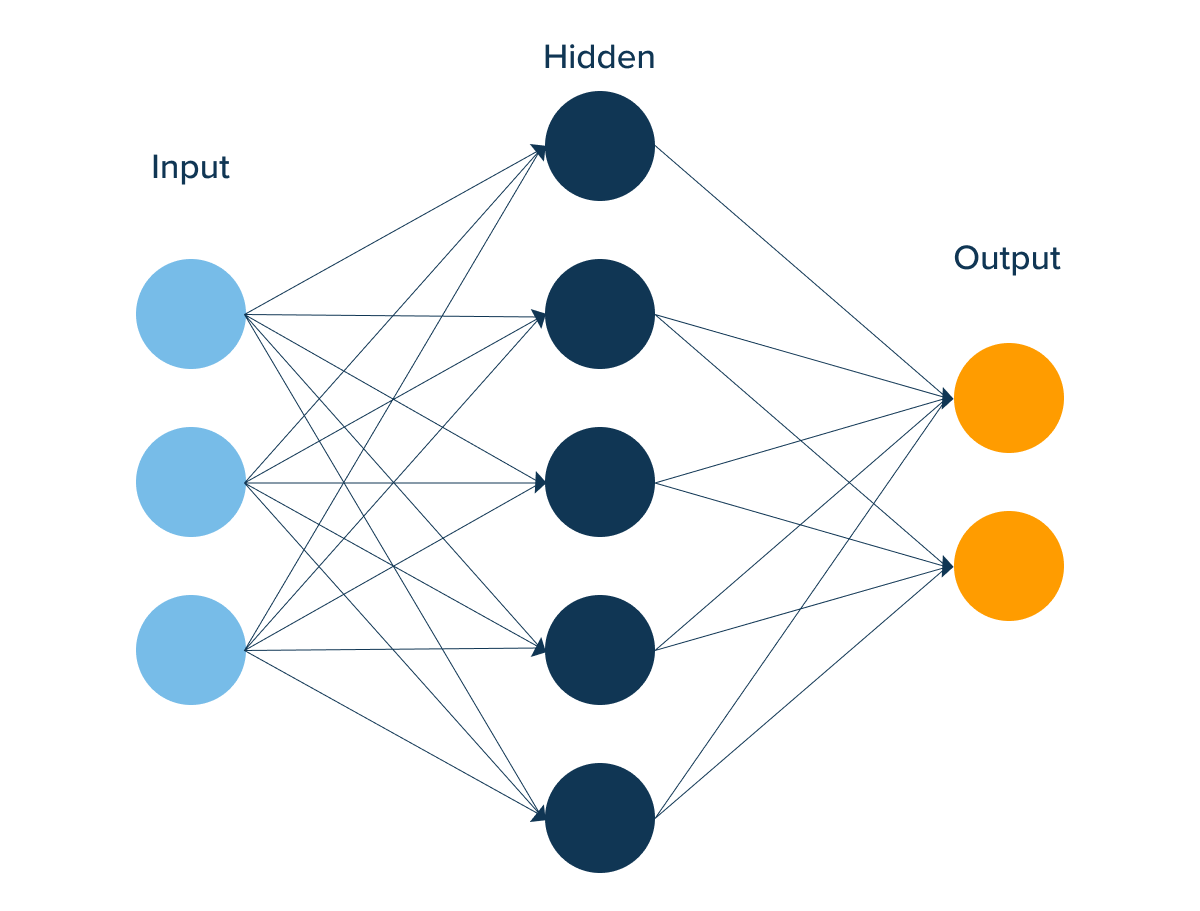
Each layer is made up of thousands of simple processing nodes to comprise a network. While deep learning is very similar to a traditional neural network, it is more complex and has more hidden layers. The more complex the problem, the more hidden layers your custom AI solution will have.
Just like any other AI-based software, nets require training to perform accurate calculations on large data sets. For example, to recognize a face, the system will need a dataset of known faces. The neural network identifies facial landmarks and will produce better predictions with each iteration.

Source: Unsplash
Supervised algorithms
From a technical standpoint, the system can be trained both with labeled data or without it. In the first case, the neural network sets a reference calculation result. If an answer is wrong, it readjusts its parameters and recalculates until the answer is close to the benchmark.
Unsupervised algorithms
When using unlabelled training data, a system classifies incoming data with no prior input and calculates a reference result. These algorithms dig the insights directly from the data itself and group it for further decision-making. Customer segmentation is a prominent example of unsupervised deep learning.
How are deep learning algorithms trained?
While standard machine learning algorithms are linear, neural nets are bundled in a hierarchy of complexity. Therefore, training a DL algorithm presupposes another approach. Models are trained on large sets of data and neural network architectures. The latter uncovers features directly from the input, thus eliminating any human intervention.
From a scientific standpoint, a neural network is a function with many parameters. Therefore, this function can generate both correct and incorrect predictions. To tweak the accuracy, engineers evaluate the loss function of a model to assess the precision. If the loss function outputs a high number, developers use gradients in deep learning to optimize the algorithm.

Source: Unsplash
Since the result is also highly dependent on the right focus areas of input data, AI engineers can also apply attention in deep learning. The latter helps highlight specific parts of input data while making other parts less significant.
Also, regularization in deep learning makes sure the algorithms don’t fail when the new data is injected. Overall, developers implement a wide range of different techniques to prevent deep learning issues and boost the final accuracy.
What are the most popular DL algorithms?
Machine learning development has given birth to dozens of new models that can effectively make sense of any data. Deep learning is mainly associated with the four core algorithms.
Convolutional Neural Networks (CNNs)
Text and speech processing has traditionally been the sole dominion of humans. We have developed sophisticated ways to process this kind of data. Yet in recent years, computers have outcompeted humans in the area of image recognition thanks to the development of convolutional neural networks (CNN, or just ConvNets) that operate similarly to the way the visual cortex works in mammals.
CNNs can take an input image, assign importance to different areas/objects in the image, and distinguish them from one another. Unlike other classification algorithms, CNNs require less preprocessing. In simple terms, each network layer is responsible for a particular processing area. These may include image texture, edge and blob, object parts, and others. Together, layers allow for accurate image classification.
The main application area of convolutional neural networks:

Recurrent Neural Networks (RNNs)
Recurrent neural networks are a type of an artificial net where connections between nodes form a directed graph along a temporal sequence. This allows it to demonstrate dynamic temporal behavior for a time-dependent input. It can also be used to process entire sequences of data, such as sound, DNA, or text.
In other words, RNNs are used to learn patterns in data that change over time. For example, they can be used to predict the next word in a sentence or the next frame in a video.
The main application area of recurrent neural networks:

Generative Adversarial Networks (GANs)
Generative adversarial networks are a type of artificial intelligence algorithm used to generate new data samples. GANs are made up of two components: a generator and a discriminator. The generator creates new data samples, while the discriminator tries to classify them as real or fake.
The main application area of generative adversarial networks:

Deep learning in AI: Top applications
The market of smart systems has spread its wings over the last few years. AI deep learning also takes the credit for this whooping growth and fuels lots of AI development projects from scratch. Below, we’ve listed the most popular applications that demonstrate the untapped potential of neural nets.
Natural language processing
The technology of natural language processing, or simply NLP, has taken over a whole gamut of applications and software we use today. According to the statistics, the market was estimated at over $10 billion in 2020 and is slated to be worth over $48 billion by 2026.
As such, NLP is a field of computer science, artificial intelligence, and linguistics concerned with the interactions between computers and human languages. In practical terms, NLP is used to build applications that can understand human language and respond in a way that is natural for humans.

Source: Unsplash
However, it wasn’t until AI deep learning made appearance that this field got a boost. Neural nets have landed state-of-the-art results for some complex NLP application tasks. Today, this technology is one of the pillars behind innovative sci-fi applications.
Sentiment analysis, for example, is an offshoot of NLP that has taken dominance in the brand monitoring market. Relying on NLP, sentiment analysis discovers the intent and emotions of your customers and classifies them into positive, negative, or neutral. Intel, Twitter, and IBM have been among the long-time advocates of sentiment analysis since 2015.
Computer vision
Computer vision is the science of understanding computers through images. Built on the intersection of AI, computer science, and robotics, the technology helps machines obtain high-level understanding from digital images or videos.
Deep learning for computer vision solutions requires image data. The latter can come from a camera, scanner, or other media device capable of capturing information. The different types of visual information are often translated into manifold types of data structures and formats so that they can be compared, analyzed, or stored efficiently.
The immense application field of computer vision is often divided into several sub-areas by specific technical approaches, including:
- Image processing;
- Object recognition;
- 3D reconstruction;
- Human activity recognition;
- Image restoration;
- Event detection;3D pose estimation, and others.
Self-driving cars are a hallmark of machine vision. The intelligent functionality enables autonomous vehicles to collect data on the surroundings from built-in sensors and cameras. The algorithms then process the data and respond accordingly. The famous Tesla, for example, has an end-to-end computer vision system built with NVIDIA’s CUDA behind its capabilities.
Genomic sequence analysis
While you must have heard a lot about the solid AI potential in medicine, deep learning in artificial intelligence has expanded this potential even further. In particular, neural nets take credit for breakthroughs in genome engineering. There are many ways to study genetic material, but the most commonly used method is DNA sequencing.
Sequence analysis is the process of determining the order of nucleotides in a DNA or RNA molecule. It is typically used in genetics to determine the sequence of a specific gene or in biochemistry to determine the sequence of a DNA or RNA molecule. The ultimate goal of this technique is to pinpoint specific genetic variants associated with a health condition.
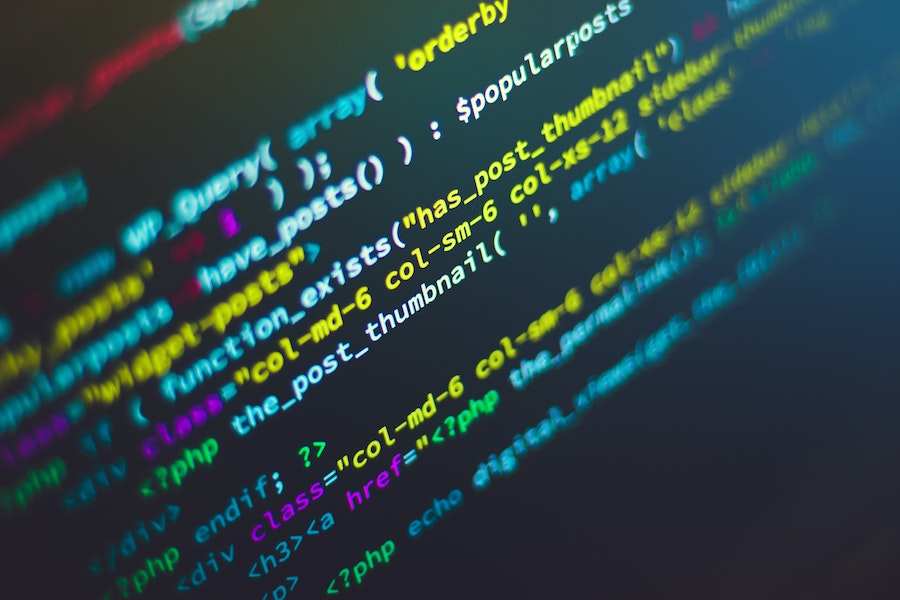
Source: Unsplash
Deep learning in artificial intelligence allows researchers to automate genome data processing. Back in the day, gene panel analysis took around 2 weeks, while algorithms level it up to mere hours. Today, prenatal diagnostics and cancer treatment are among the main application fields of genome sequencing.
Dynamic pricing
Although this application doesn’t help save lives, it still makes a difference for companies. Dynamic pricing is a pricing strategy where prices are set according to market conditions. The goal of dynamic pricing is to maximize revenue and profits while maintaining customer satisfaction and loyalty.

Source: Unsplash
The most common form of dynamic pricing is surge pricing, which increases the cost of a product or service when there is high demand for it. Other models allow the brand to tweak the price automatically based on other criteria, such as location, customer behavior, and others.
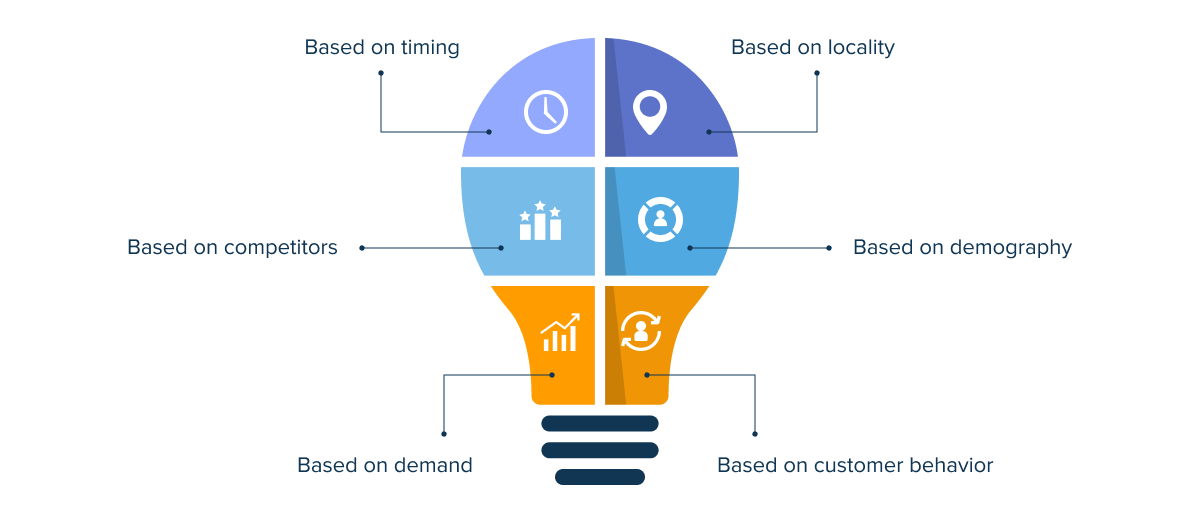
Dynamic pricing has become increasingly popular with retailers. Multiple seasoned brands, such as Amazon and eBay have encapsulated the technology into their online marketplaces. Uber is another company that takes advantage of real-time pricing. Its algorithm adjusts the ride fares based on different criteria. The latter may include route distance, peak hours, and other factors.
On the road to automation
In 2023, deep learning in artificial intelligence is behind unprecedented technologies and applications. Fueled by neural nets, deep learning excels at making sense of unstructured data and combing through complex patterns. Computer vision, medical imaging and even self-driving cars are also bolstered by deep learning algorithms.
As Big data and its complexity continues to surge, we’ll probably see deep learning algorithms go in full swing in the coming years. Therefore, this technology is a robust extension for all data-driven companies that want to stay on top of the ever-changing business landscape.
Develop your innovative project with us!
Schedule a call with our experts to explore your business and find out how we can help.
